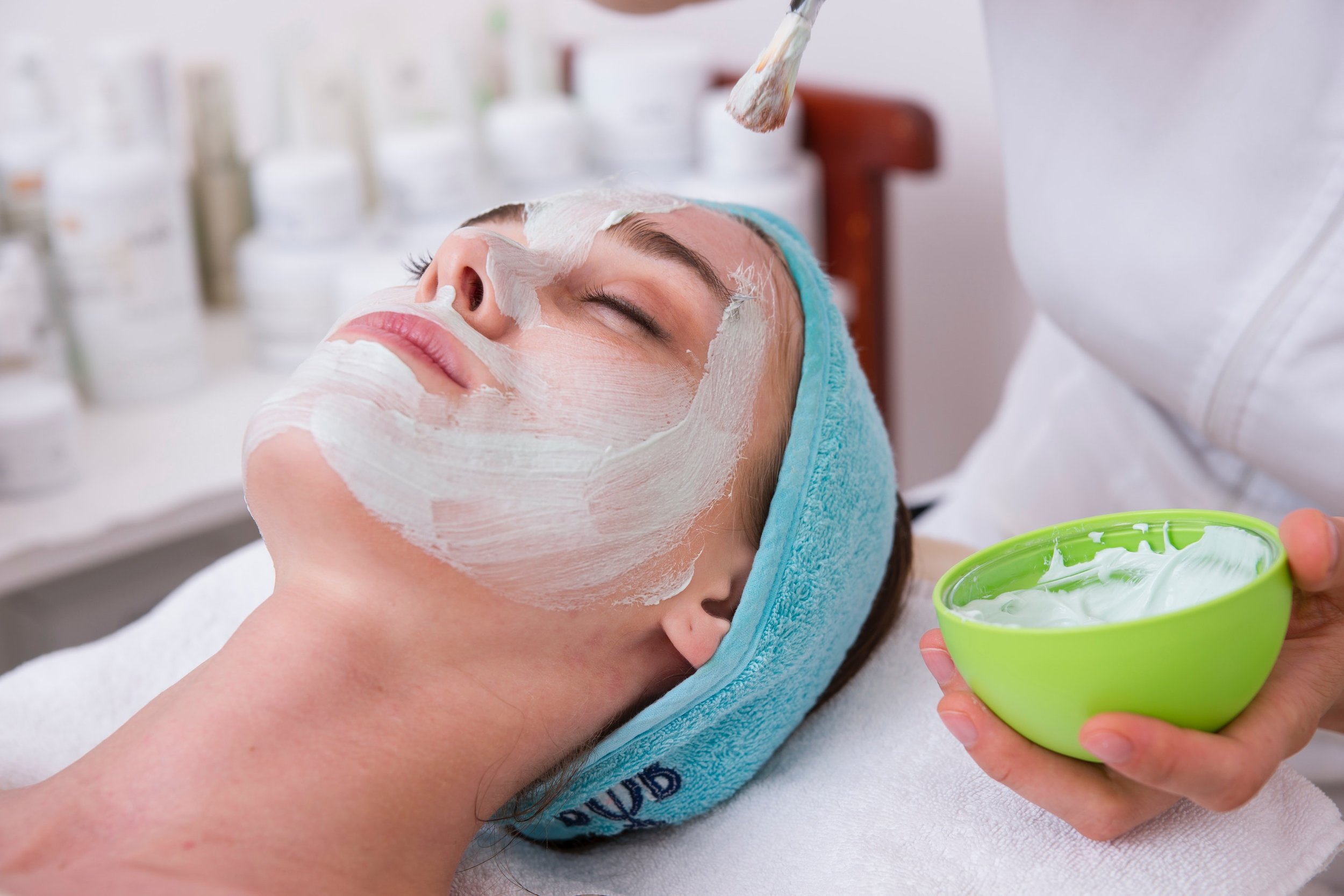Types of Chemical Peels: An Introduction
The world of skincare is evolving at warp speed, so it’s time to strap ourselves in and blast off into the luxurious feeling of the post-chemical peel, radiant skin. Chemical peels have taken the esthetics industry by storm, and we’re here for it. So let’s break down the nature of the most popular chemical peels and their wide range of benefits.
How are chemical peels categorized?
As we take a deep dive into chemical peels and the solutions they’re made of, we need to understand which peels can support acne-prone skin and stimulate collagen production, which ones address sun damage, and what roles each peel can play in skin healing, and refining. Each peel can be used individually, or adjacent to other treatments, depending on the consult and treatment plan you plan with your esthetician.
Differences by strength
Chemical peel categories are typically divided into three categories, and each category depends on the depth of the skin that the peel reaches. The varying strengths of some peels over others can help restore healthy skin without inflicting unnecessary wounding.
The epidermis is penetrated by superficial peels, whereas deep peels penetrate the mid-reticular dermis. Depending on the chemicals used, the amount of that solution, and the way it is applied, one chemical peel can vary vastly from the next.
Chemical peels by ingredients
Okay, so we’ve inundated you with this peel, that peel, and a whole lot of new language to learn. When it comes to chemical peel ingredients, there’s even more diversity. Some chemical peels contain trichloroacetic acid, which is sometimes combined with glycolic acid and lactic acid, depending on the peel. Other peels use certain chemical solutions to address issues like deep ice pick acne scars, weathered skin, and more. Your esthetician will walk you through your consultation to determine what your skin care needs are.
What skin concerns are usually treated with chemical peels?
Chemical peels have become a go-to treatment for everything from wrinkles to hyperpigmentation. They are known for their efficacy in treating acne scarring, age spots, and melasma.
The most common types of chemical peels
Though there are an abundant variety of chemical peels, there are a few that are often used since they are dynamic, accessible, and tolerable for all skin types. During your consultation, your esthetician will work with you to discuss your skincare regimen, if you have one, and offer you the education that will ultimately help you reinvest in your skin.
AHA Peels
AHA peels are composed of Alpha Hydroxy Acids, which are acids that occur organically in our bodies. They have natural exfoliation properties, so they are often applied in masks to slough away dead skin, treat acne, and more. It’s crucial to be mindful of when AHA is applied, but when it comes to a mask in the studio, your esthetician will walk you through the process.
BHA Peels
At some point, you may have used BHAs without even knowing it! Especially if you’ve struggled with acne. Beta Hydroxy Acid, also referred to as salicylic acid carries antibacterial properties that help your skin control and regulate sebum production. For people with a long history of acne, overactive oil production, and blemish-prone skin, BHAs are heaven-sent.
TCA Peels
Trichloroacetic acid peels form an even layer over the other dermis, and with a higher concentrated solution, the dermis layer. TCA peels can assist in the removal of precancerous growths, the smoothing out of acne scars, act as a prevention tool for acne, and blemishes, and reduce the appearance of wrinkles.
You can expect to heal within 7 to 14 days, during which your skin may become red, irritated, or swell for about 24 to 48 hours. If your specialist uses a higher concentration, your recovery time can change from two weeks to three weeks.
Phenol peels
Known as the deepest layer category of chemical peels, a phenol peel can penetrate to a depth that can help diminish the appearance of coarse wrinkles, blotchiness, deep acne scars, and more. These are usually only used by dermatologists for serious skin concerns.
The best chemical peels in San Diego are at Mixed Esthetics!
If you’re feeling ready to take the leap into skin health investment, we’re glad to guide you through every part of the process. Connect with us on our website to set up your consultation and discover what Mixed Esthetics has to offer.

